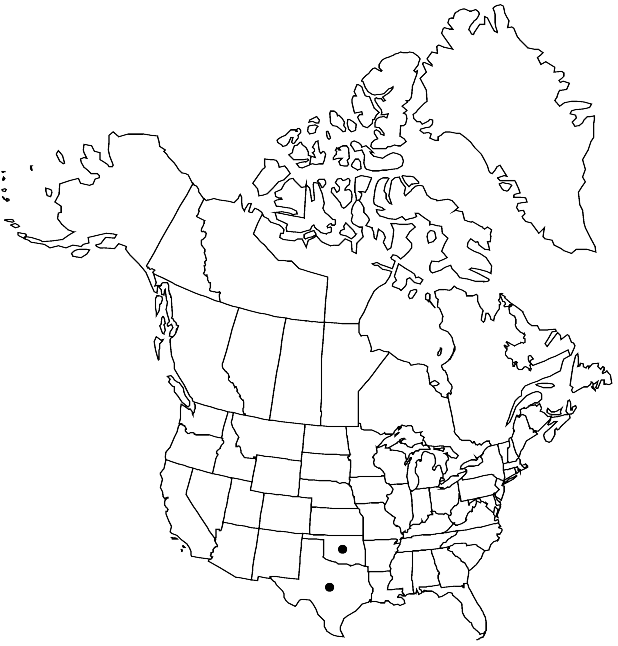Difference between revisions of "Physaria angustifolia"
Novon 12: 321. 2002.
FNA>Volume Importer |
imported>Volume Importer |
||
| Line 60: | Line 60: | ||
|publication year=2002 | |publication year=2002 | ||
|special status= | |special status= | ||
| − | |source xml=https:// | + | |source xml=https://bibilujan@bitbucket.org/aafc-mbb/fna-data-curation.git/src/bb6b7e3a7de7d3b7888a1ad48c7fd8f5c722d8d6/coarse_grained_fna_xml/V7/V7_1015.xml |
|tribe=Brassicaceae tribe Physarieae | |tribe=Brassicaceae tribe Physarieae | ||
|genus=Physaria | |genus=Physaria | ||
Revision as of 23:51, 27 May 2020
Annuals; with a fine taproot; ± densely pubescent, trichomes several-rayed, rays distinct or fused at base, bifurcate, (prominently tuberculate throughout). Stems simple or few to several from base, erect, (sometimes branched), to 4 dm. Basal leaves: blade elliptic to rhombic, 3–8 cm, (base narrowing gradually to petiole), margins entire, repand, coarsely toothed, or pinnatifid. Cauline leaves: (proximal often shortly petiolate, distal sessile); blade linear or narrowly obovate, 1.5–6(–10) cm, margins entire, repand, or shallowly toothed. Racemes usually loose. Fruiting pedicels (usually divaricate, sometimes horizontal, straight or slightly curved), 8–20 mm. Flowers: sepals elliptic or ovate, 4–6 mm, (lateral pair usually subsaccate); petals obovate to obdeltate, 6–10 mm, (apex often emarginate). Fruits not didymous, ± globose, slightly inflated, 4–6 mm; valves (not retaining seeds after dehiscence), glabrous throughout; replum as wide as or wider than fruit; ovules 4 per ovary; style 2–3.5 mm; (stigma expanded). Seeds flattened, (margined). 2n = 10.
Phenology: Flowering Apr(-May).
Habitat: Shallow limestone-derived soils, sometimes spreading to disturbed sites
Elevation: 90-300 m
Discussion
Selected References
None.
